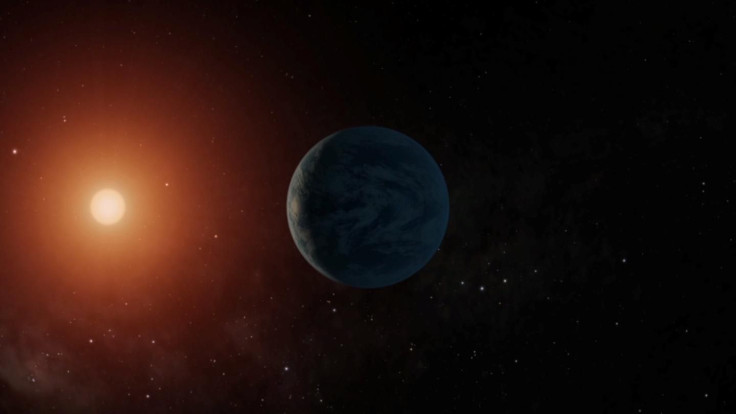Atmosphere In Hot Neptune Exoplanet Measured For The First Time [Video]
KEY POINTS
- Hot Neptune LTT 9779b was first discovered in 2019
- Exoplante's temperature is over 3,000 degrees Fahrenheit
- Its atmosphere is fundamentally different from other previously studied exoplanets
The atmosphere of exoplanet Hot Neptune LTT 9779b can melt lead, platinum, chromium and stainless steel, according to a new study. The exoplanet does not have a solid surface and is much hotter than Mercury.
Hot Neptune LTT 9779b was also found to have carbon monoxide in its atmosphere. Compared to Earth, a year on this exoplanet is less than 24 hours because of its extremely rapid revolution around its star. Additionally, the exoplanet has a permanent dayside that does not cool down, hence, it has very little heat to its night side.
The new study, published in Astrophysical Journal Letters, concluded that Hot Neptune is emitting a spectrum that is fundamentally different from other previously studied exoplanets, such as the “Hot Jupiters.”
More interestingly, the team concluded that with how extreme temperatures on the Hot Neptune LTT 9779b are, it’s atmosphere shouldn’t exist in the first place.
“This planet is so intensely irradiated by its star that its temperature is over 3,000 degrees Fahrenheit and its atmosphere could have evaporated entirely. Yet, our Spitzer observations show us its atmosphere via the infrared light the planet emits,” Ian Crossfield, lead author of the study and assistant professor of physics and astronomy at the University of Kansas, said in a press release.
Hot Neptune LTT 9779b was first discovered in 2019 and has since become one of the first Neptune-sized planets discovered by NASA’s TESS mission.
For the present study, the team used a technique called phase curve. They measured how much infrared light was being emitted by the planet as it rotated 360 degrees on its axis. Their findings suggest that Hot Neptune LTT 9779b is inhabitable to humans.
Still, Crossfield said their findings are significant in gaining a better understanding of exoplanets. The knowledge they now have of Hot Neptune’s unique atmosphere will help astronomers to find more exoplanets that could possibly host life. It also gives them a broader context of how planetary systems work.
“I wouldn’t say we understand everything about this planet now, but we’ve measured enough to know this is going to be a really fruitful object for future study,” Crossfiled added.

© Copyright IBTimes 2025. All rights reserved.




















